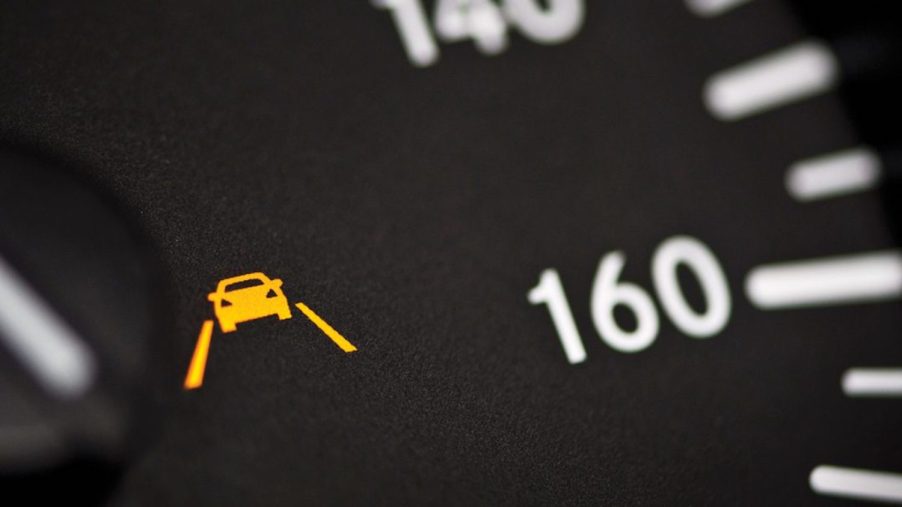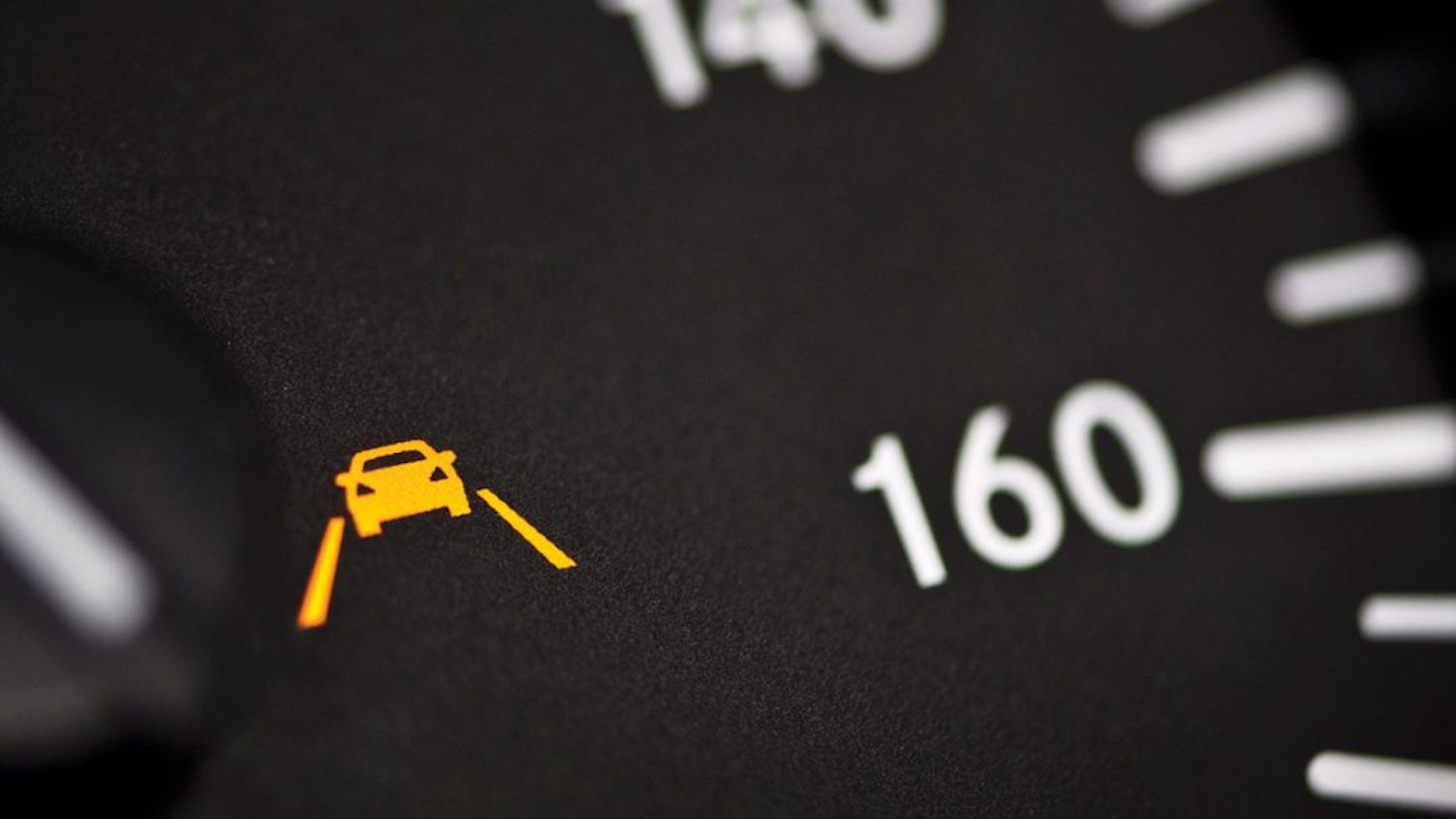
What Is the Difference Between Lane Departure Warning, Lane Keep Assist, and Lane Centering?
It seems car safety gets more complicated every year. Even decoding the names of the newest driver-assist software can be a headache. Weren’t these features supposed to make life simpler? Have no fear: here’s the difference between lane departure warning, lane keep assist, and lane centering driver aid systems.
What is lane departure warning?
A vehicle with a lane departure warning (also called a lane departure alert) senses when the driver is veering out of the lane. It then uses audible warnings, warning lights, and sometimes even vibration to alert the driver.

Lane departure warning is one of the simplest and oldest driver-assistance systems on this list. It simply leverages cameras or sensors, like those used for adaptive cruise control, to detect when a driver is departing from their lane.
The goal of a lane departure warning is to help a driver realize they are veering. It also attempts to wake a dozing driver. Most systems use noises such as chimes and lights such as dashboard icons to do this.
Some systems also feature a vibrating steering wheel to simulate highway rumble strips and get the driver’s attention. Toyota just filed a patent for a steering wheel with inflatable sections that can give drivers an additional type of tactile warning.
What is lane keep assist?
Lane keep assist builds on lane departure warning systems. But lane keep assist adds an actuator that can control the vehicle’s steering. Therefore, lane keep assist attempts to guide a drifting vehicle back onto the road–without help from the driver.

Lane keep assist systems are called lane keeping or even lane keep by certain manufacturers. Whatever the system is called, its a step more automated than lane departure warning, and the first step of automated steering.
You may ask: will I have to fight lane keep assist to change lanes? When you activate your turn signals to indicate a lane change, you automatically disable lane keep assist. In addition, vehicles equipped with lane keep assist allow you to switch the system off.
Though lane keep assist can sense a vehicle drifting off the road and steer it back towards its lane, it can not guide the vehicle for long. Lane keep assist will often overcorrect, sending a car towards the opposite shoulder. Therefore, if you take your hands off and let lane keep assist drive, you’ll “ping pong” back and fourth across your lane.
What is hands-free lane centering?
Hands-free lane centering continuously monitors both boundaries of your lane. This driver aid system can control your steering to keep your vehicle centered in your lane–without your hands on the wheel.

A hands-free lane centering system is the next level of autonomous safety system. This driver aid can do more than correct for a driver veering off the road: combined with adaptive cruise control, it can drive a car down a clear highway when visibility is good. But unlike Tesla Full Self-Driving or autonomous vehicles, hands-free lane centering cannot change roads or navigate intersections.
Unlike the other driver aids on this list, hands-free lane centering is a system you must switch on each time you use it. Otherwise, you would be wrestling lane centering every time you tried to make a turn or even shift lane position. If you so much as touch your steering wheel, hands-free lane centering switches off so you have full control.
Like all the systems on this list, hands-free lane centering only works if your vehicle’s cameras can see the lane marking lines. If the painted lines on the road are covered by snow or dirt, you cannot count on your driver aid systems.
You can see a demonstration of Toyota’s lane keeping system in the video below:



